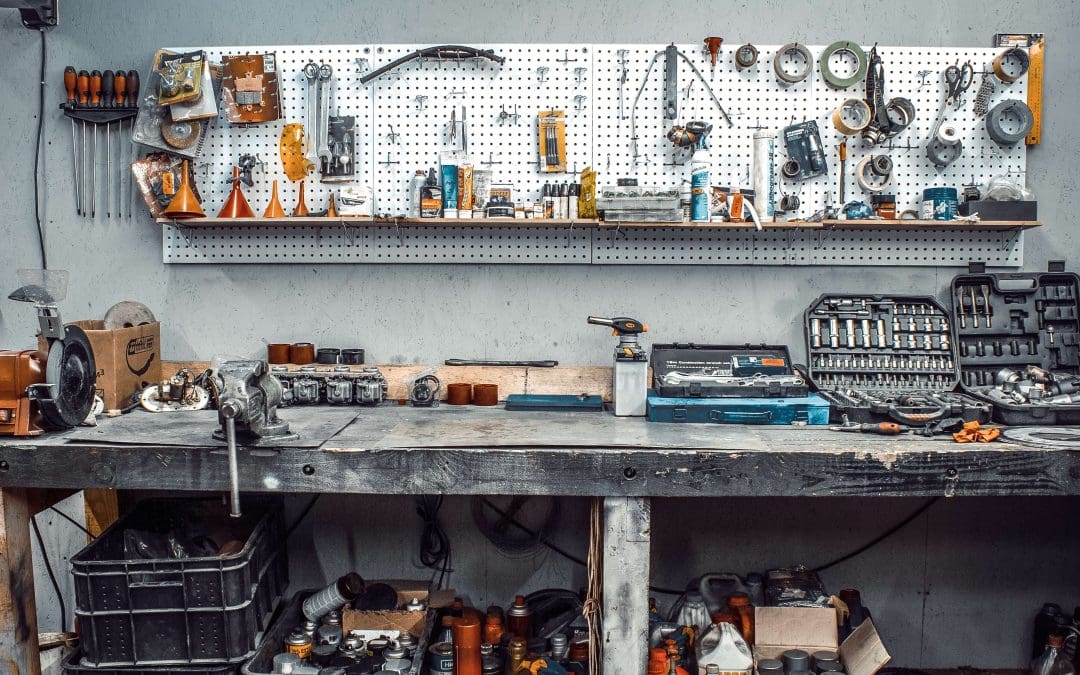Building a home workshop is a dream for many homeowners who love tackling DIY projects. Having a dedicated space to work on your projects is invaluable. Keep reading to learn how to create a functional and efficient workspace that fits your needs.
Choosing the Right Space When Building a Home Workshop
The first step in building your home workshop is choosing the location. Basements, garages, or spare rooms are common spots. Consider the size of the space and the type of projects you plan to undertake. If you’re into woodworking or using power tools, you’ll need enough room for large workpieces and equipment. Ventilation is also necessary, especially when working with paints, stains, or solvents. Natural light is a bonus, but make sure you have adequate artificial lighting to work safely at all hours.
Planning Your Layout
Once you’ve figured out where your workshop will be, think about the layout. A well-organized workshop will improve efficiency and safety. Start by deciding where your workbench will go—this should be the central focus of your workshop. Place it where you have ample lighting and enough space to maneuver. Next, arrange your tools and equipment. Your most used tools should be easy to reach, while large machines can be placed along the walls to free up floor space. Don’t forget about storage—adding shelves, pegboards, and cabinets will keep everything in its place.
Investing in the Right Tools
A workshop is only as good as the tools it contains. Start with the basics: a sturdy workbench, a good set of hand tools, and some power tools. As you progress in your DIY projects, gradually invest in specialized equipment like saws, sanders, or drill presses. Quality tools will last longer and perform better, so it’s worth spending more upfront.
Ensuring Safety
Safety should be a top priority in your home workshop. Keep your space well-lit, ventilated, and equipped with basic safety gear such as goggles, gloves, and ear protection. Install a fire extinguisher within easy reach and have a first-aid kit on hand for minor injuries. Keep electrical cords organized and avoid clutter, which could lead to accidents.
Adding Power and Outlets When Building a Home Workshop
One often overlooked aspect of a home workshop is sufficient power. Depending on the tools you’ll be using, you may need to install additional outlets or upgrade your electrical system to handle the load of multiple power tools. Add outlets at different heights around your workshop, especially above the workbench, to minimize the need for extension cords. This improves safety and boosts efficiency.
Plan carefully and equip your home workshop with the right tools and safety features, and you’ll have a functional space that’s perfect for all your DIY ambitions.
Homebuyer’s Inspection Service offers professional home inspection services in Dallas-Fort Worth and the surrounding areas. Contact us to request an appointment.

